One of the most evocative places in the world, among its streets and squares Venice hides secrets and mysteries. Every corner will tell you a story that goes back in time and will reveal the birth of an invention. Maybe you already know that the wonderful colored Murano glass with its delicate blowing technique was invented in Venice; but did you know that the paperback book, as we know it today, was invented in Venice? What are the surprising Venetian innovations?
At the end of the 15th century Venice was the greatest cultural center in Europe, the beating heart of the most brilliant minds in history. The Lagoon knew how to channel energy and give it a shape. Inventions, patents, techniques, discover with us 6 things you didn't know were invented in Venice and look at the Serenissima with different eyes.
6. Murano Glass and the Delicate Art of Glassblowing

Light and colorful glass, unmistakable Murano glass, objects that anyone would want at home to cheer up every day looking at them. Did you know that some of the artisan techniques of glass processing were invented right on the island of Murano? In 1400 the Venetian glass master Angelo Barovier, born in Murano, brought a turning point to the art of glassmaking, inventing crystalline glass. For the first time, glass was transparent, similar to rock crystal.
For Murano and Barovier it was fame, transparent glass decorated with polychrome enamels became popular and requested by the most important families and even by the Pope. In the sixteenth century new types of techniques arrived such as filigree glass, more simply filigree, still very successful today, which creates the effect of a delicate lace inside the glass wall. These techniques were exported throughout Europe decreeing the success of Murano and Venice. Visit Murano and watch the glass masters at work.
5. Venice, home of the First Paperback Book
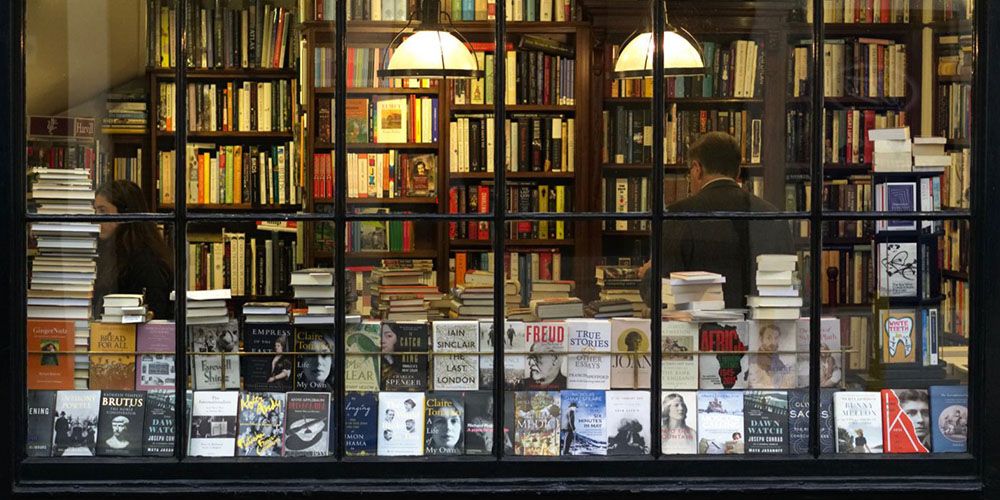
After the invention of printing by Gutenberg around 1450 in Frankfurt, Germany, Venice had several printing houses, which is why Aldus Manuzio, a revolutionary publisher and great humanist, decided to move to the Lagoon. At the end of the 15th century and the beginning of the 16th century, Manuzio and his company, in their editions, had regulated punctuation, introducing the semicolon for the first time, had adopted for the first time the italic character.
But the real revolution was the invention of the Paperback book, the handy, small book that replaced the enormous heavy books that could only be read leaning on a desk and reserved for intellectuals and scholars. Manuzio, a modern entrepreneur, who had understood the desire for culture to circulate, invented the Paperback book as we know it today, the possibility of holding it in your hand and reading it anywhere was a great invention that made culture and ideas flow into people's hands. Want to discover 5 books set in Venice?
4. The first public Opera House in the World
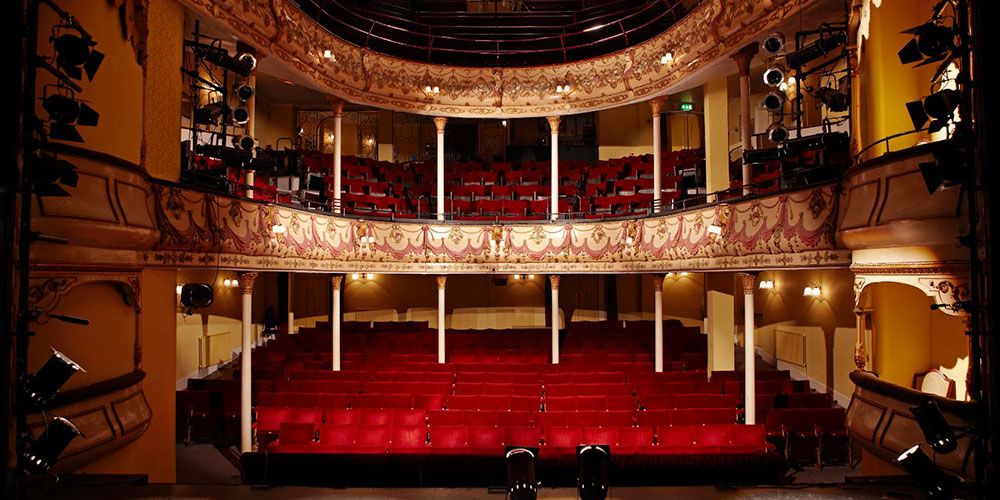
In 1600 Venice became the capital of Opera. The rapid worldwide diffusion of the operatic genre from that date onwards is due to Venice. Among all the theatres in Venice It, was precisely the Teatro San Cassiano in Venice, in 1637, that made Opera accessible to all those who wanted it by purchasing a ticket. Before that date, opera performances were reserved for small groups of privileged people who attended them in courts or in large aristocratic homes.
The first opera to be performed was L’Andromeda and its success was enormous. The Teatro San Cassiano was the first theatre to be conceived and built as a public theatre for a fee, opening the doors of opera to the general public and making this art form accessible to all, taking it out of the narrow circle of the court.
3. The Bauta and the masks of Venice
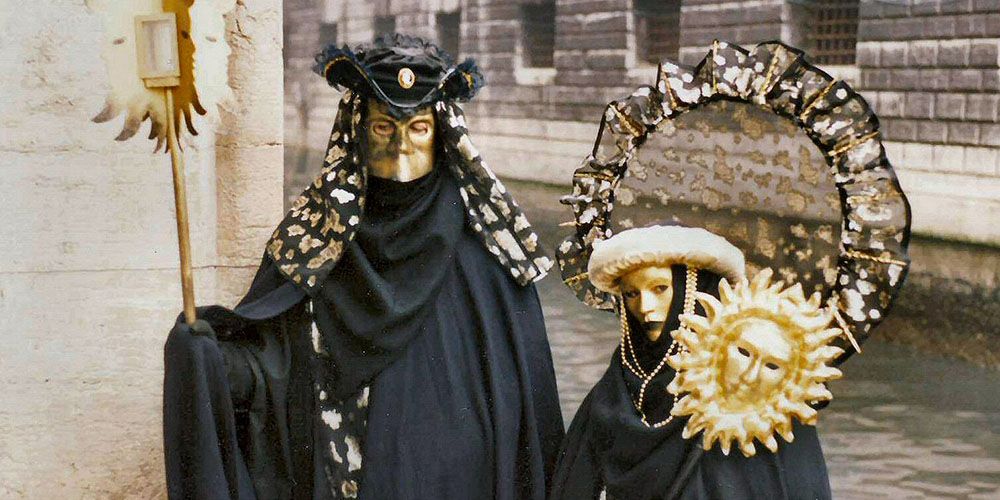
Good morning, Siora maschera, they used to say along the streets and canals during the carnival period. During the Carnival holidays, Venetians of all social classes were finally free to have anonymity, they could hide behind a mask without risking gossip, all dressed up and happy, equal without any more class distinctions.
The queen of all Venetian masks, often represented in films shot in Venice is: La Bauta or Bautta. This mask consisted of a black cloak that reached the waist or the feet, a black headdress, but the main feature was the rectangular mask to be worn on the face, the part that went above the mouth was deformed forward, like a beak, this allowed the wearer to deform the voice a little and therefore not be recognized. The Bauta was born between the 15th and 16th centuries. What do you say, are you curious enough? Do you want to immerse yourself in anonymity and create your own mask?
2. The Arsenal of Venice: the first truly large modern factory
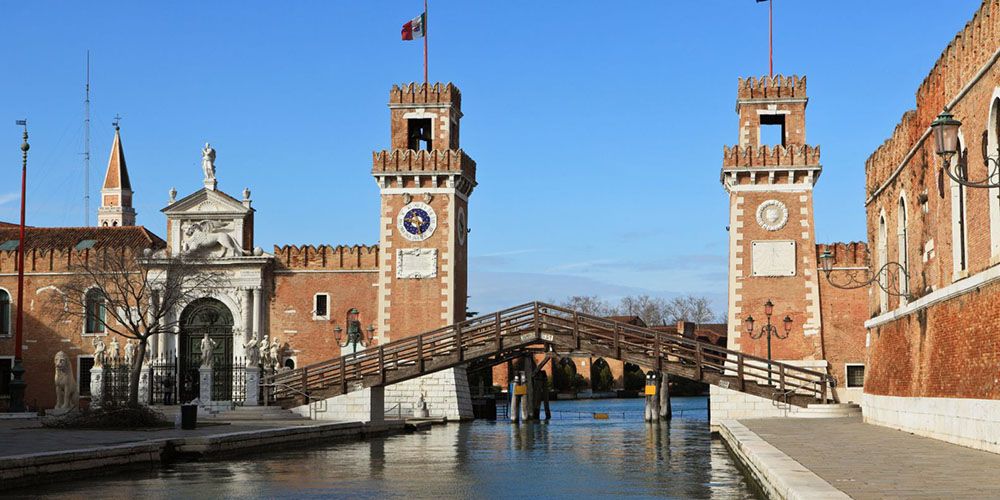
The Arsenal of Venice is linked to the most flourishing period in the life of the Serenissima. The Arsenal was founded in the 12th century, and is the oldest and largest complex of shipyards and workshops, where in periods of greatest fervor it housed up to 1600 workers. It became the largest production complex of the Middle Ages, ships were built in series, anticipating the methods of the modern assembly line.
The Arsenal was the first truly large modern factory, from its workshops came complete ships: galleys, triremes, quadriremes, galleons, cogs, up to the powerful galleasses that with their batteries on the sides changed the method of combat at sea. The Arsenalotti: the workers who worked at the Arsenal were held in high regard by the government and as a special privilege they were allocated free accommodation. Even today in the Sestiere di Castello, between the Arsenale and the Giardini della Biennale, you can see the houses they lived in. The Arsenale was the first factory in history.
1. Ante litteram ATM: The oldest bank is in Venice

If you were told to travel without a credit card? you would feel lost! It is very difficult to imagine how money was managed in ancient times. Did you know that the first cashless payment systems were implemented in Venice? The Banco Giro, established in Venice in 1619, was a precursor to modern central banks, here the bank money was born, a system that simplified transactions: merchants could make payments simply by indicating the amount to be transferred and avoiding using cash.
Even before that, the Banco della Piazza di Rialto, founded in 1587, allowed deposits without transferring gold and silver metals, anticipating modern banking techniques. These innovations attracted the attention of European officials who wanted to study the model and represent the fundamental stages in the development of the banking system, anticipating concepts and practices that have become standard in the modern economy.
6 things you didn't know were invented in Venice: Final Tips
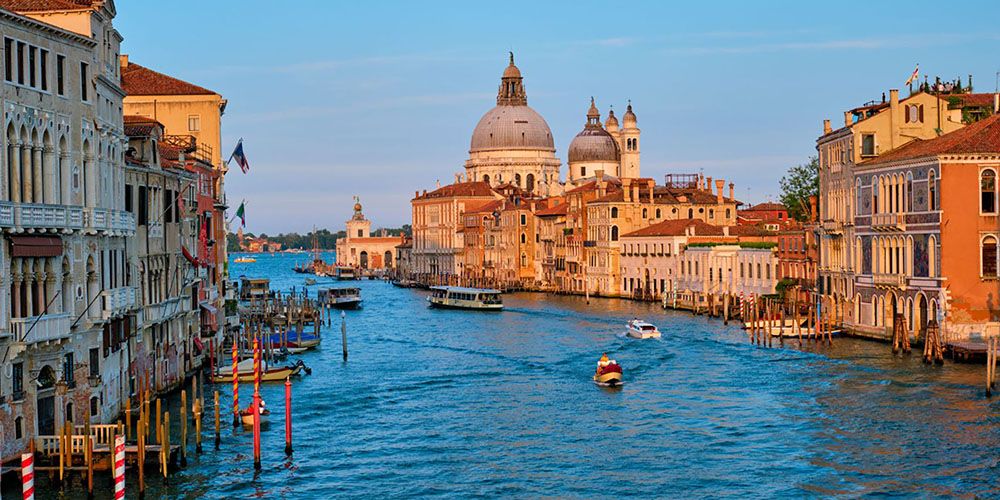
Wanted to know how Venice influenced the modern world? After our tour of the 6 things you didn't know were invented in Venice you should have found your answers. We are sure that you will look at these inventions with different eyes: The wonderful Murano glass that appears behind the windows, the Buata and the other masks of the Venice Carnival, the buildings of the Arsenale where the Biennale is set up today, Rialto and its history of banks, the San Cassiano theater and the spread of opera and the revolutionary invention of the paperback book invite you to never take the conquests of history for granted.
To make your visit to Venice easier, we at Visit Italy suggest you consider the Venice Pass, a single card, an App that includes all the entrances to the main attractions of Venice and unlimited use of public transportation. With the Venice Pass you can travel paying attention to history and not waste time in lines to buy tickets. Make things easier and use your time wisely.



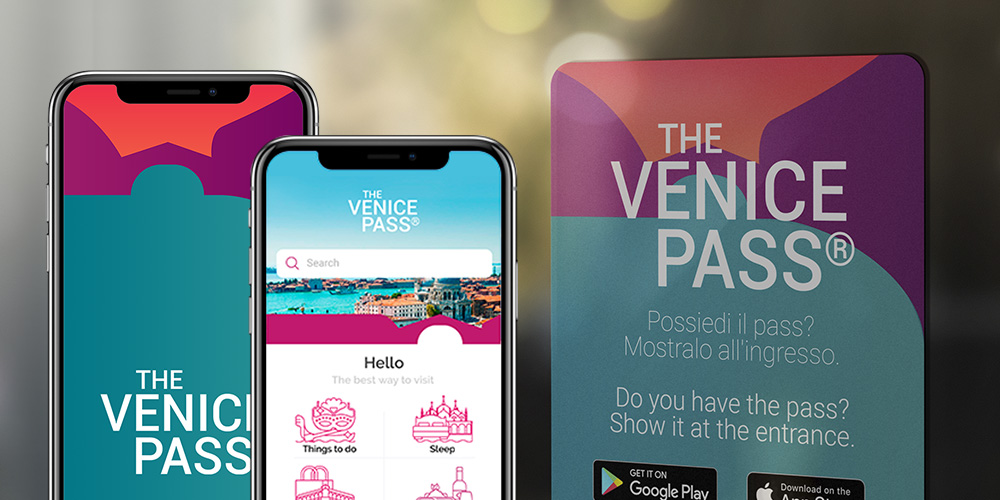
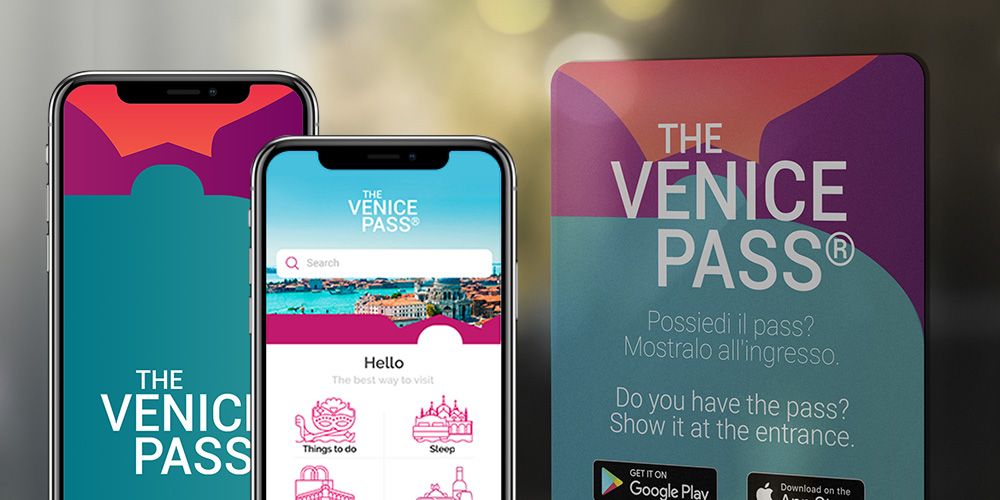
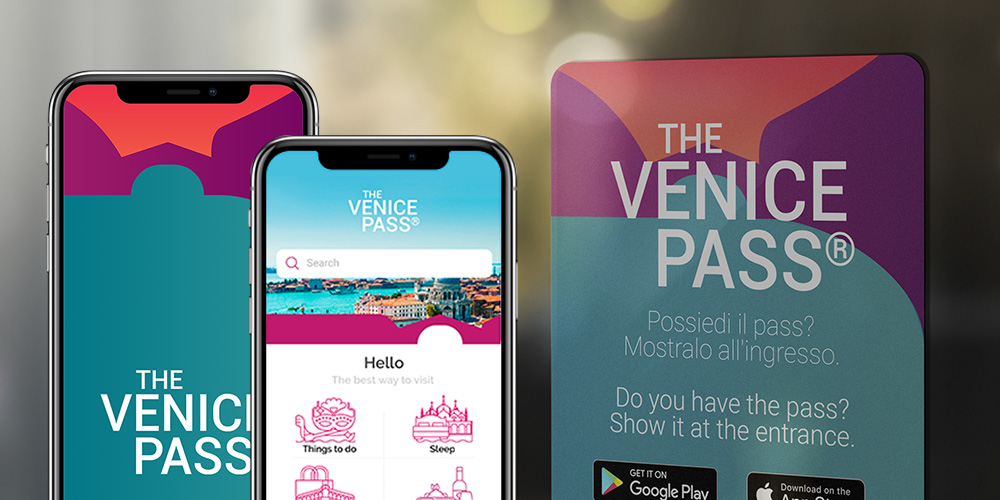
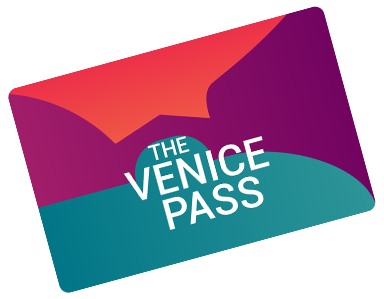


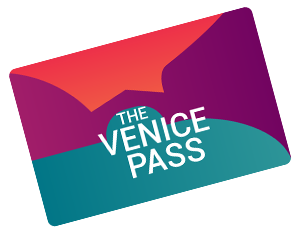
Lascia un commento